Fleeing the war at home, an Armenian-Syrian family tries to start over, one apricot at a time.
The Karabakh highlands rise between Azerbaijan and Armenia, an open wound between the two countries. Once home to a patchwork of Armenians, Azeris, and nomadic Kurds, a vicious, ethnically driven war in the wake of the Soviet Union’s collapse left Azerbaijan technically in control of the area. But in practice, the self-declared Nagorno-Karabakh Republic, headed by Armenians and recognized by no other country, now rules over this remote corner of the world, withered by isolation and under-development.
Yet perched atop a barren cliff, overlooking the wide expanse of the fertile Karkar River Valley, stands an incongruous phalanx of budding Mediterranean olive trees, flanked by row upon row of sprouting greens. A nearby greenhouse faithfully replicates the blossoming spring of the Syrian agricultural center of Latakia, the balmy humidity inside a jarring contrast to the bracing cold of a Karabakh winter. Packed inside are pots of lemons, apricots, kumquats, and flowering gardenias, all uprooted directly from coastal Syria and transplanted to this contested corner of the world by an enterprising immigrant family bent on recreating a patch of Syria abroad.
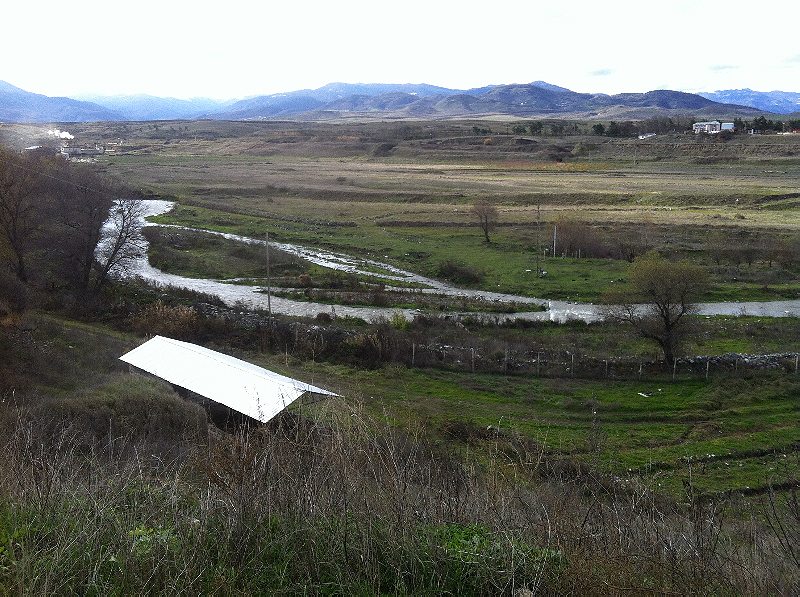
The Asmaryans, one of only a few Armenian refugee families from Syria to now call the Nagorno-Karabakh Republic home, have spent more than a year sculpting this untidy patch of land in a bid to bring some Levantine sensibility to a post-Soviet landscape.
“It’s hard. It’s difficult,” Hovig Asmaryan explains, lacing cup after cup of lemon balm tea with gobs of honey freshly culled from his own hives. “In Aleppo we were businessmen.”
Starting a farm wasn’t a natural choice for Hovig, but once in Karabakh he realized that a cadre of businesses knit together by the war dominated the local economy. Rather than going against these powerful groups to continue in sales, the Asmaryan brothers decided to look to their parents, long-time farmers who passed away a few years before the Syrian war, for inspiration.
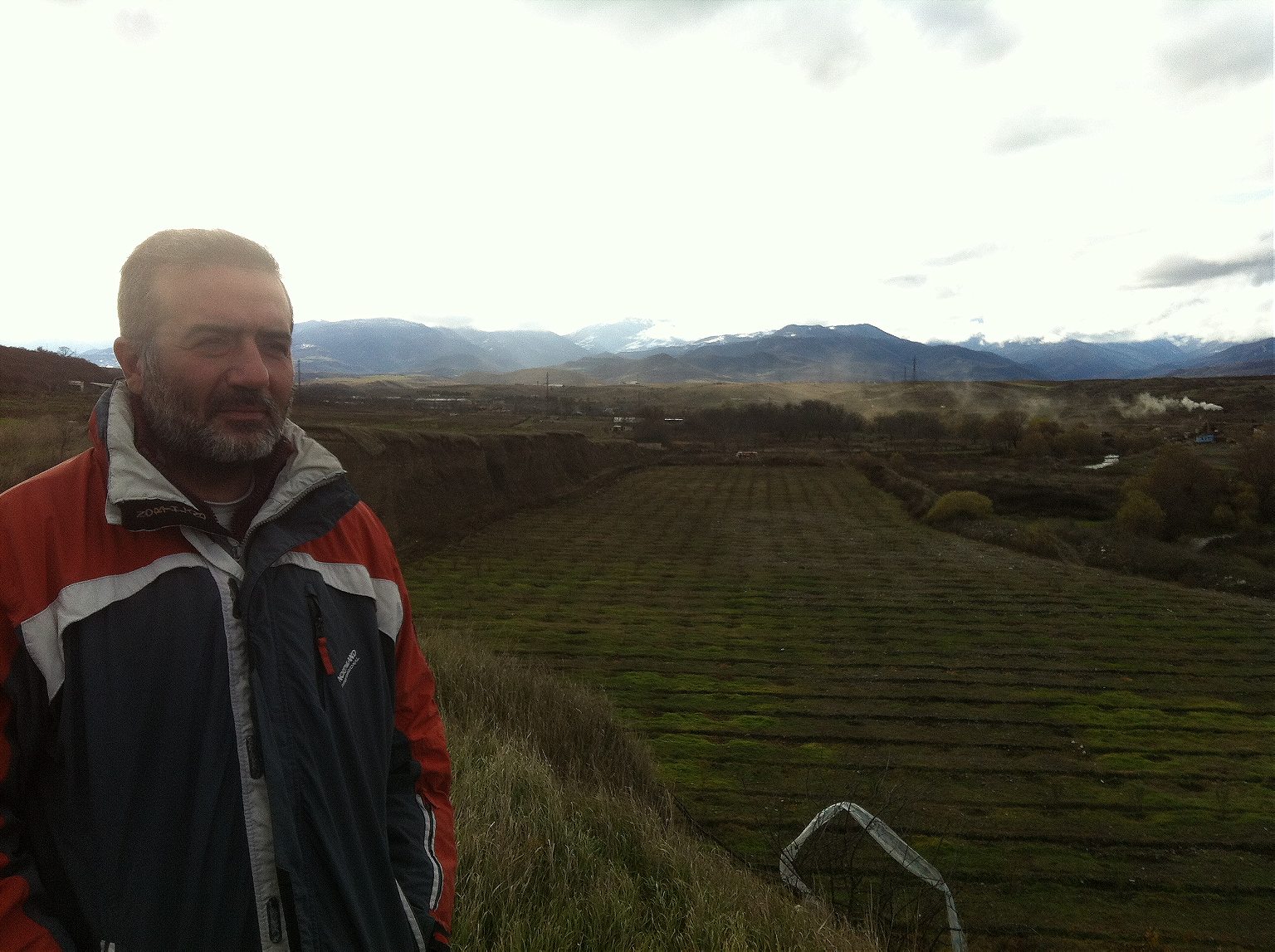
Hovig could have hardly imagined his new life just a few years ago. In pre-war Aleppo, the Asmaryan clan enjoyed a vibrant lifestyle, mingling freely with their Arab neighbors, proud to be members of Syria’s ornate social fabric. But in 2011, long-simmering social ills gave way to protests, eventually rending that once rich social tapestry apart.
The family decided to leave in late 2012, hiring an old business associate with opposition ties to negotiate their passage through a mosaic of government and rebel checkpoints to get to the Turkish border. They eventually found refuge in the Armenian capital of Yerevan—an unwelcoming place for refugees, as the family tells it—and promptly set out for war-scarred Karabakh, where, strangely, they felt a sense of belonging.
“People here also passed through war and they understand the meaning of being a refugee, so they are looking more to understand you, your situation, which you cannot find in Yerevan,” Hovig says.
The choice to leave proved sound. The Asmaryan family warehouse in Aleppo, he says, was first looted during fighting and then appropriated by militants from Jabhat al-Nusra, al-Qaida’s Syria franchise, for use as a sharia court. Unlike the majority of the nearly four million Syrians that the UN refugee agency estimates have fled since 2011, the Asmaryans are sufficiently well off, thanks to their former commercial ties, to try to start over.

Every plant on the grounds was taken from Syria in its infancy, their transport facilitated by a series of brokers every step of the way, in some ways mirroring the Asmaryan’s own exodus. It was a costly endeavor. The young plants were first shipped from coastal Latakia to the Turkish coast. From there, the hundreds of pots were sent to Georgia, circuitously winding their way south into Armenia and along the sole highway leading into Karabakh. Customs officials on each border also took healthy financial bites, but the plants—dirt-filled pots and all—made it unscathed. Now, they stock the greenhouse or line the rows of farmland, which span nearly 40 acres in all.
The farm is clearly a work in progress. A couple of tattered wooden boxes serve as beehives, and sheds that were on the property when the brothers purchased the land double as overnight quarters should the need arise. An old Belarusian tractor sits idly in a field. A John Deere tractor would be nice, Hovig laments, but the lack of spare parts in Karabakh makes that an expensive proposition.
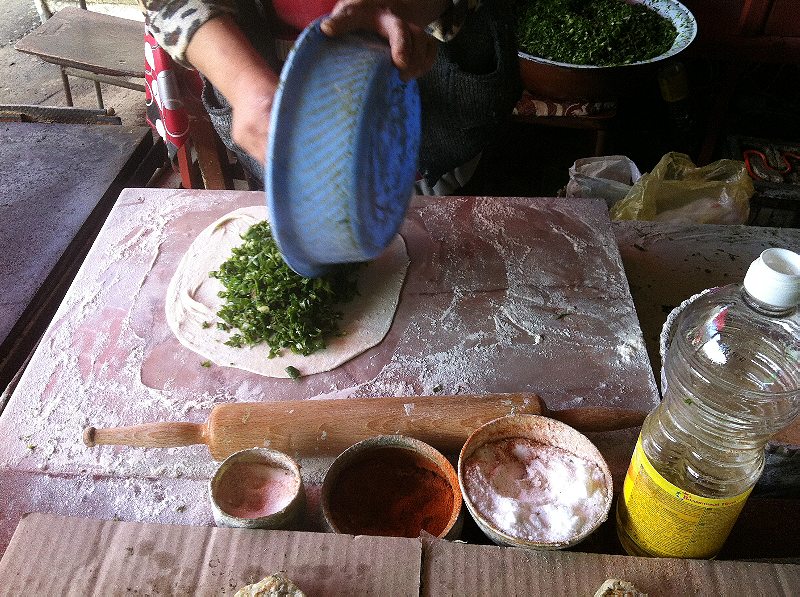
Together with his brother, Vrej, Hovig works the farm assiduously, day in and day out. While in the summer a small battery of hired hands help tend the field, the winter and spring belong to them alone, an improvised dance of pruning, watering, makeshift beekeeping, and other tasks unfamiliar to men who made their fortune in city trading. Bundles of fresh stevia plants—“for the diabetics”—line the trunk of his car, ready to be sown into the soil.
The greenhouse is the farm’s crowning achievement. Built by the brothers themselves, it wouldn’t be out of place in a US home and garden center. Beyond it stretch muddy fields, the crops just beginning to sprout. Despite its drabness, the farm is noticeably better cared for than the more unkempt and overgrown neighboring plots. The brothers have a near obsessive devotion to detail, ensuring that every last weed is extirpated, that every row is perfectly straight.
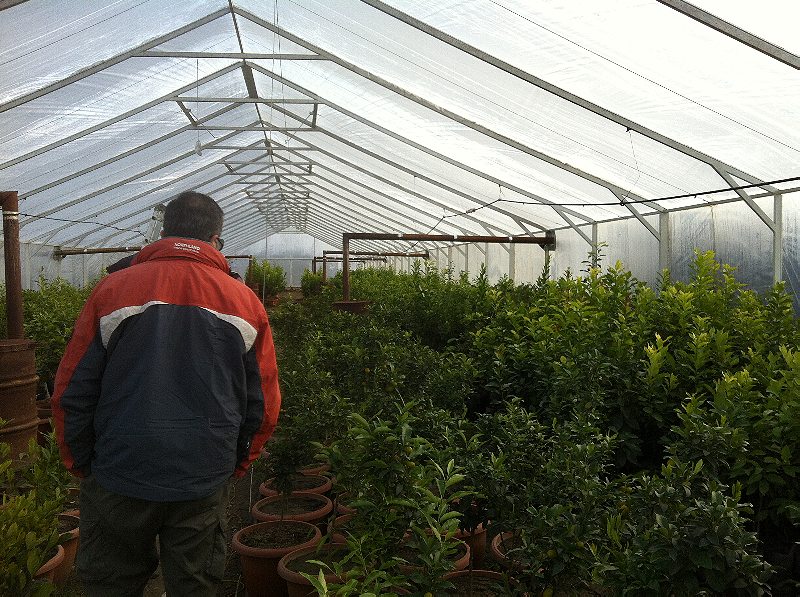
Hovig suggests that eventually the farm’s verdant orchards will greet visitors landing at the republic’s sole international airport, but such thoughts are tinged with dreamy optimism. The orchards will take time to flourish, and Stepanakert’s airport, shiny and recently refurbished, languishes in disuse because of the delicate political situation.
Hovig has sunk a lifetime of income into the farm. It’s a gamble, but it’s beginning to pay off: already a few local businesses are stocking their pantries with the farm’s fruit. Neighbors keep a curious watch over “the Syrians,” the first people in recent memory to start such an ambitious farming project. The last attempt at growing olives in Karabakh was a one-time Soviet effort. Those trees, still standing but uncared for, were abandoned by their caretakers in the empire’s waning days due to lack of interest.
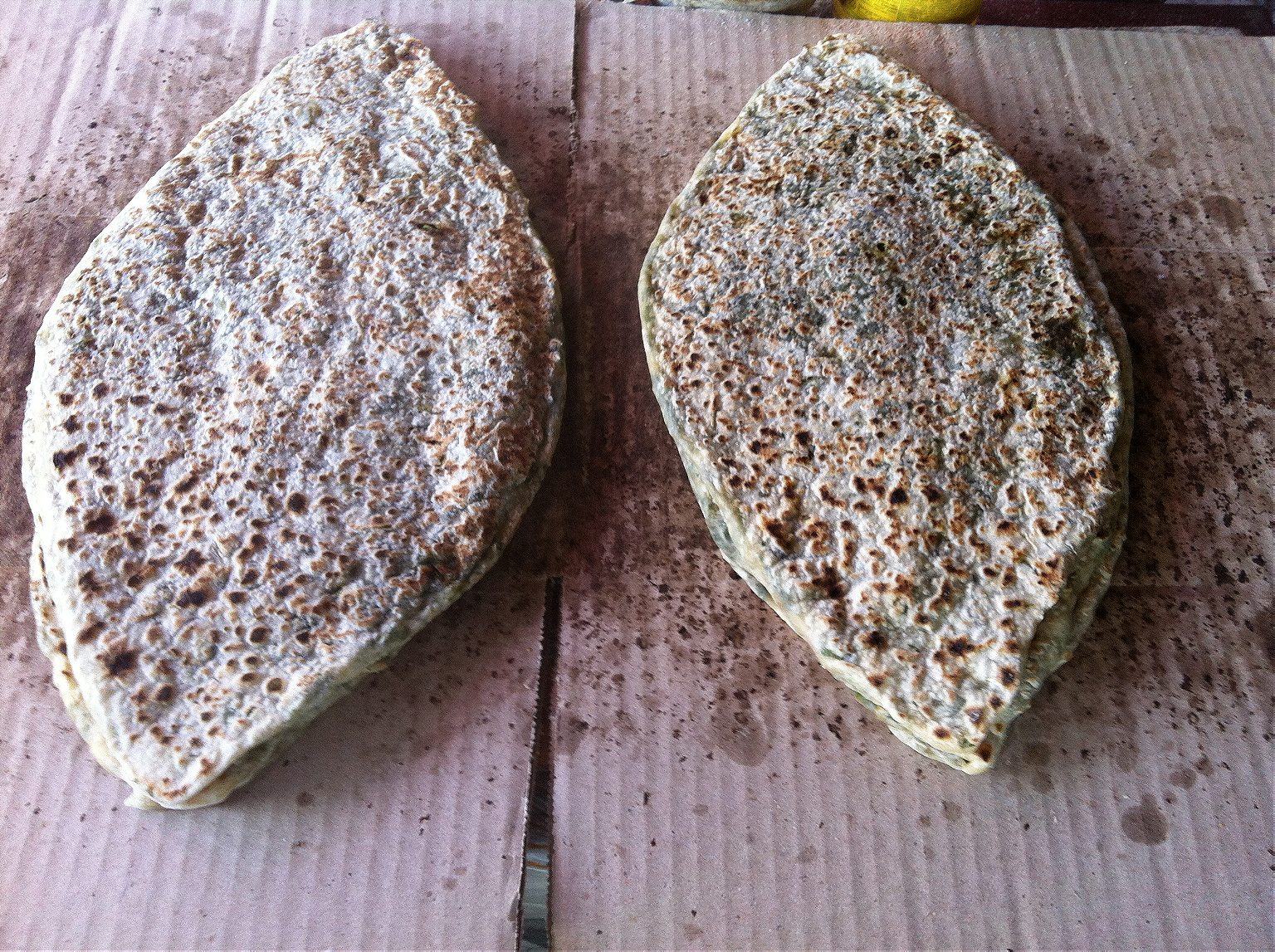
Local women visit the grounds of the Asmaryan farm regularly, collecting baskets of wild herbs for use in the region’s most emblematic dish, zhingalov khats, a flatbread pastry lined with an array of wild, earthy greens. Hovig hopes that in the near future they’ll want to buy more than just his herbs. By filling an agricultural niche, rather than competing with existing bakeries or grocers, he hopes to foster goodwill with his adopted community.
The tiny republic, technically still a part of Azerbaijan, seems an unlikely spot for Syrian refugees to call home. While members of the Armenian diaspora send the nascent state what money they can, many of its residents eke out a hardscrabble existence. A shaky ceasefire with Azerbaijan, which hopes to one day reclaim the territory, remains in place, but has come under repeated tests recently as both sides accuse the other of fatal violations.
Tensions reached new heights late last year when Armenia and the republic blamed Azerbaijan for shooting down a helicopter along the disputed line of control. Lethal encounters between Karabakh and Azeri forces remain a near monthly occurrence.
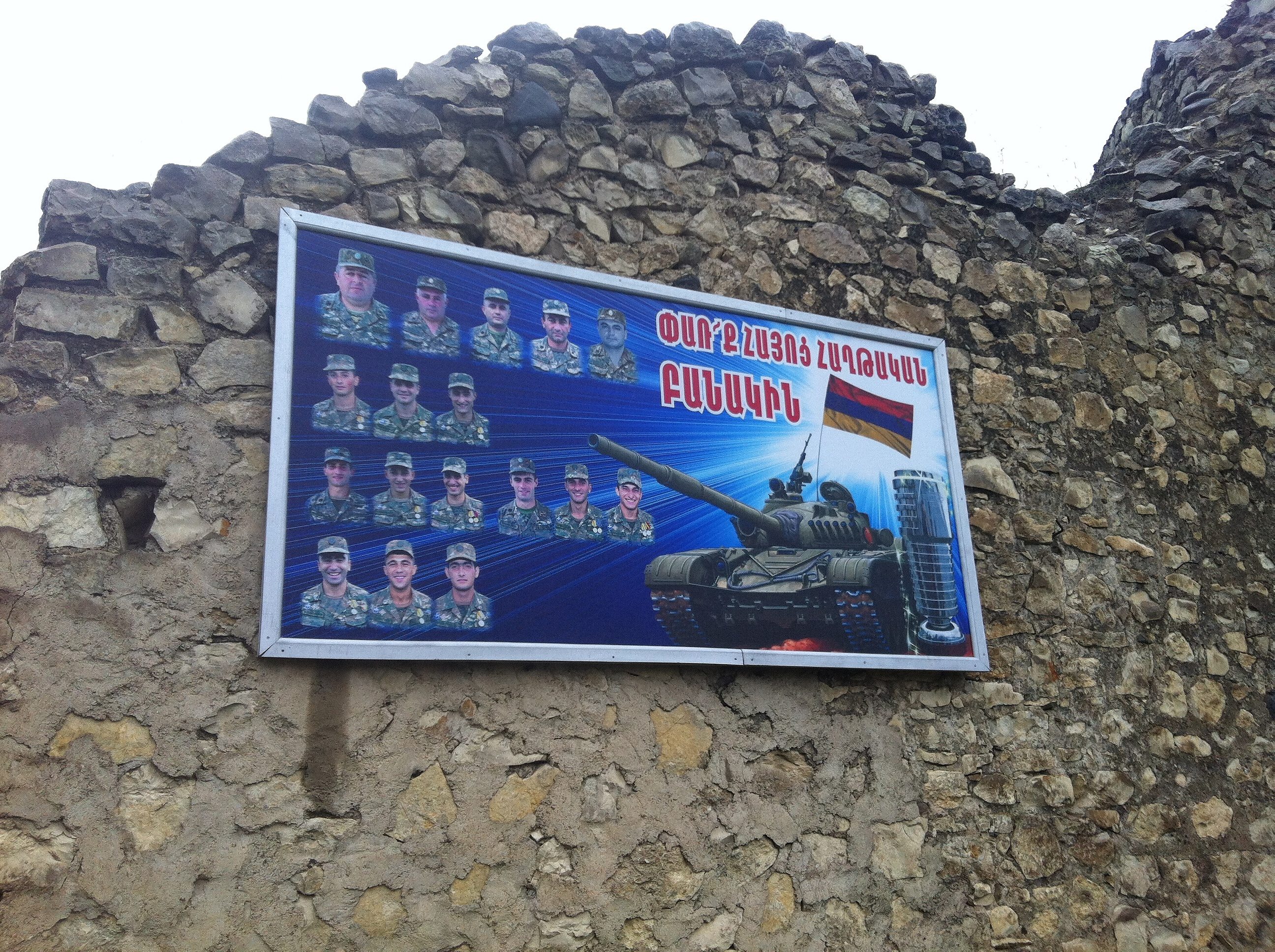
But the prospect of facing another war doesn’t faze Hovig, whose family, like that of his brother, lives in a middle-class suburb of the sleepy capital of Stepanakert.
“I don’t care, because I will not run away this time,” Hovig says. “This is my homeland, and if it will be necessary I will fight also.”
The Armenian government estimates that 12,000 Armenians from Syria have sought refuge in the country, and by Hovig’s estimate, perhaps as many as forty of those familes have chosen to relocate to the tiny self-declared republic, with most choosing to take government-allotted plots of land for personal use in a more rural area of the country.
“For a healthy life, for a safe life, it’s the best place,” says Isabelle Asmaryan, Hovig’s wife. For her, Stepanakert affords unrivalled safety. Their two children can stay out late at night or return home alone from school without the fear of abduction, or worse. In Yerevan, the Asmaryans found themselves constantly reminded of their refugee status; here, Isabelle’s biggest problem is keeping friendly faces away, as nearly every day a neighbor friend drops in to have tea or lend a hand in the kitchen.
“If you ask me if you want to go back to Syria if the war ends, yes, absolutely yes,” she says. “But maybe for my children, no.”
“The small one already speaks fully in the Karabakh dialect,” Hovig says proudly, underscoring what he sees as the malleability of an Armenian’s nationality. The Asmaryan line itself reflects it: first displaced from modern-day Turkey to Syria a century ago after the Ottoman-perpetrated Armenian genocide, they’re now restarting again, this time under the watchful eyes of fellow Armenians.
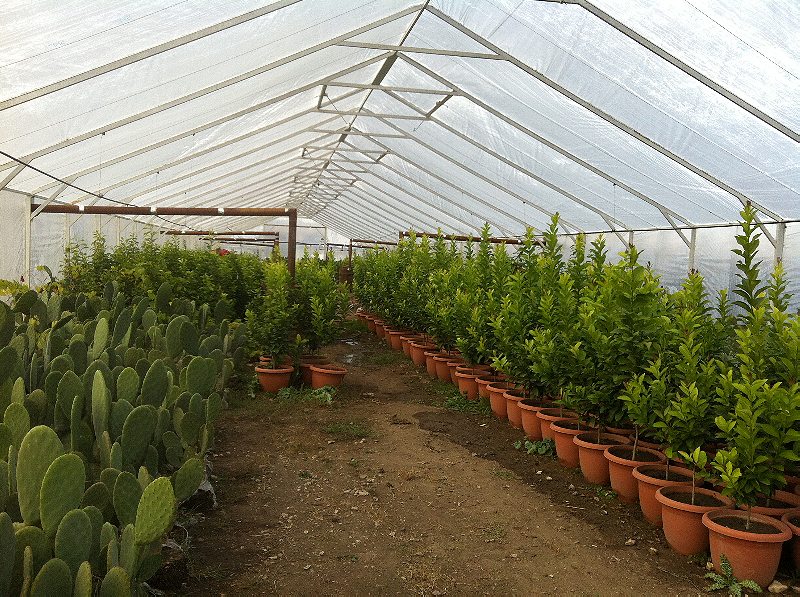
“For us Armenians, we live in other countries, but we live as Armenians. We keep the culture,” he says. “This is home. Syria is the second home.”
Adjustment comes smoothly enough, with only their Syrian license plates and a difference in their Armenian accent betraying their origins. The difficulties for the family lie in the details: figuring out slightly different social norms, or using culinary dexterity to imitate Arabic recipes.
“These two years have made me always search on the internet, to see how if we don’t have this [ingredient], what the alternative is,” she says, taking a break from tending a large pot of maqluba, a traditional Syrian stew of eggplant and minced meat with rice. Sometimes there are no alternatives: ingredients like tahini for hummus must be brought on a daylong drive from Yerevan, or not at all. The Asmaryans are eagerly waiting for their crop of Syrian apricots to bear fruit, which they say are plumper and sweeter than their world-renown Armenian counterparts.
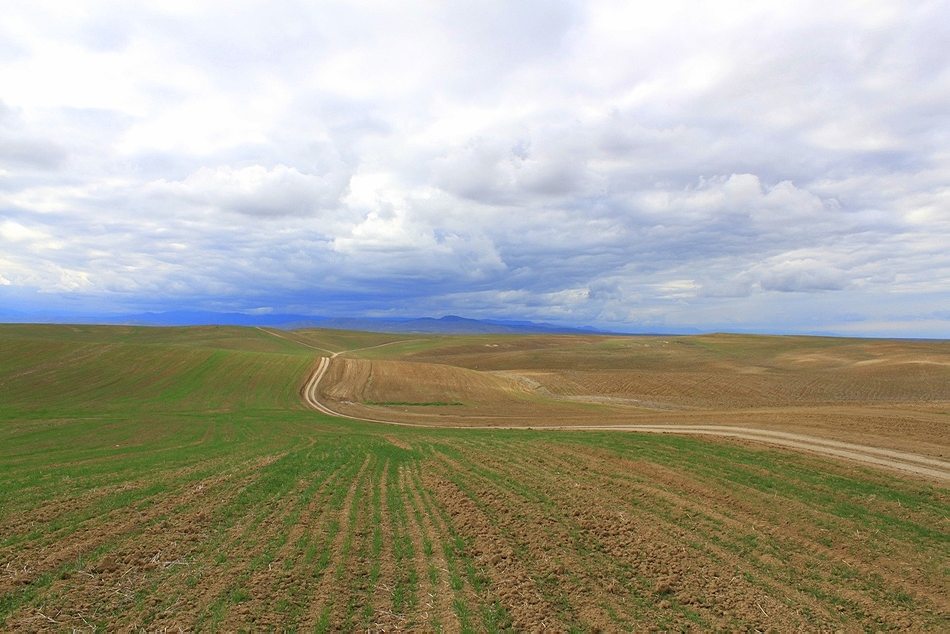
The family has made new friends, routines, and now, with some luck and hard work, hopes that their farming venture will be their ticket to success in a country kissed by war, where the tension and hate that accompanies such tragedies still hangs thickly in the air.
Despite this, Hovig is naturally at ease, and reports of cross-border killings leave him unfazed. The scars of war—visible throughout Karabakh, whether in social attitudes or among the burnt husks of infantry vehicles and abandoned buildings dotting the frontlines—pale in comparison to the destruction wrought on Syrian society.
“The glass, or the vase, if it’s broken you can put all the pieces together with glue, but it will not be one piece. It will be a damaged piece,” he says. “It will be a long, long time for people to forget their pains, their losses, from both sides.”
The Asmaryans will have to wait at least six more years before the olive trees fully mature, longer than the war ripping Syria has already lasted. It’s not certain whether the olives, if they make it through the several bracing winters to come, will faithfully recreate the taste of their southern cousins. Until that harvest day comes the saplings will continue slowly inching skyward in an unfamiliar home, a remnant from a world erased by violence.